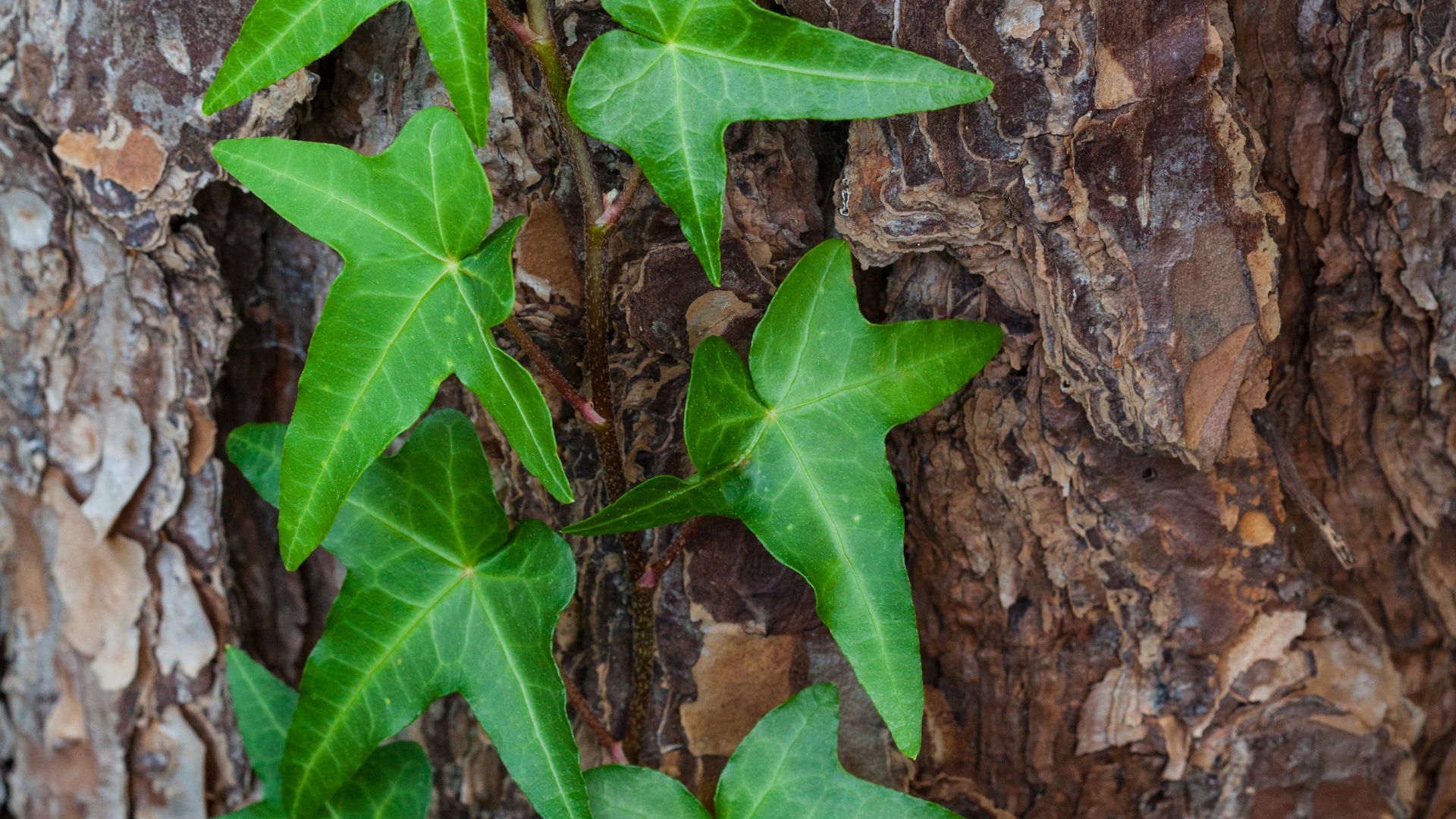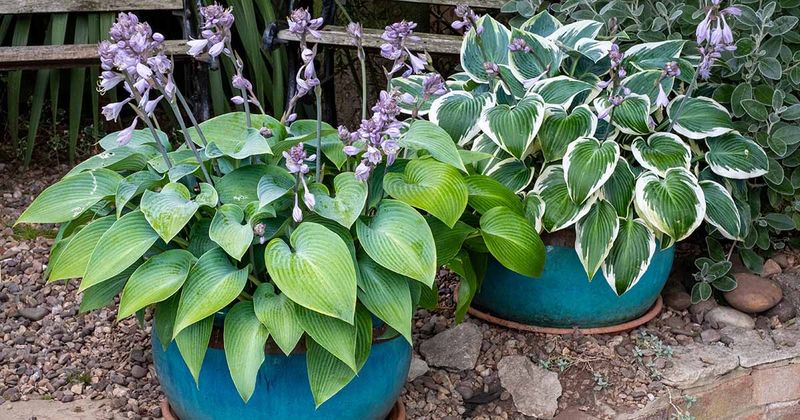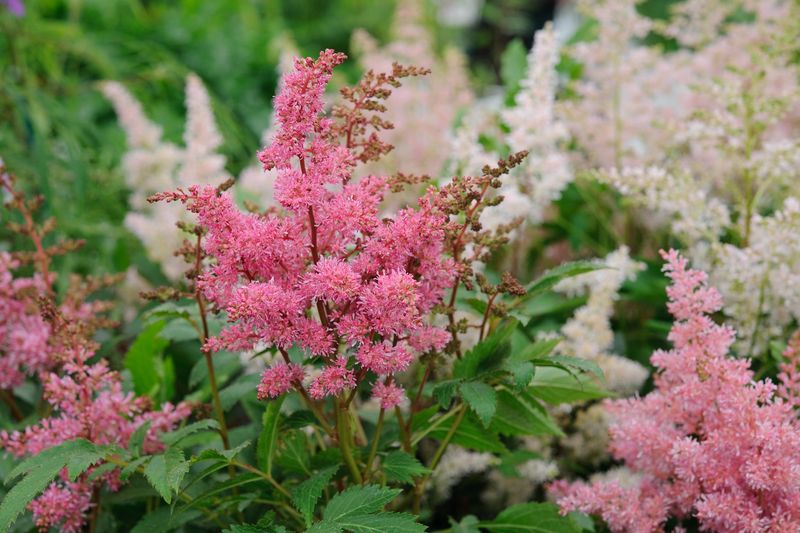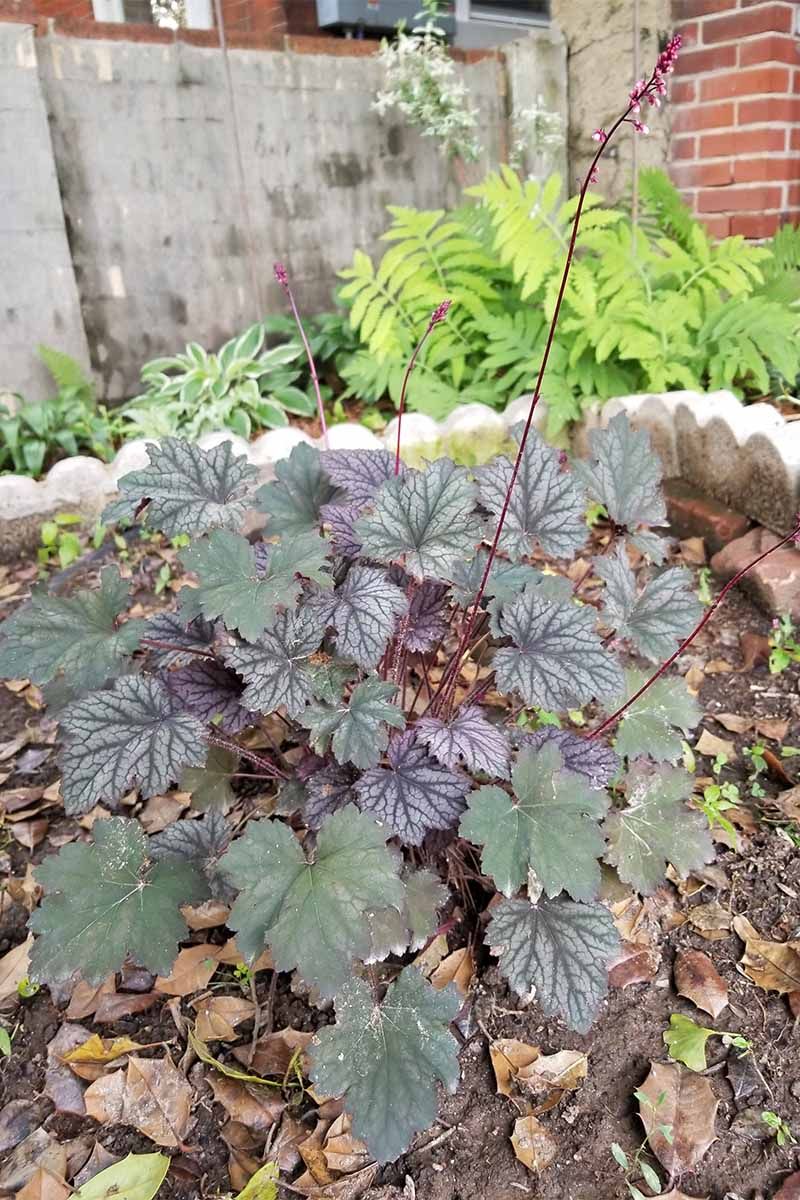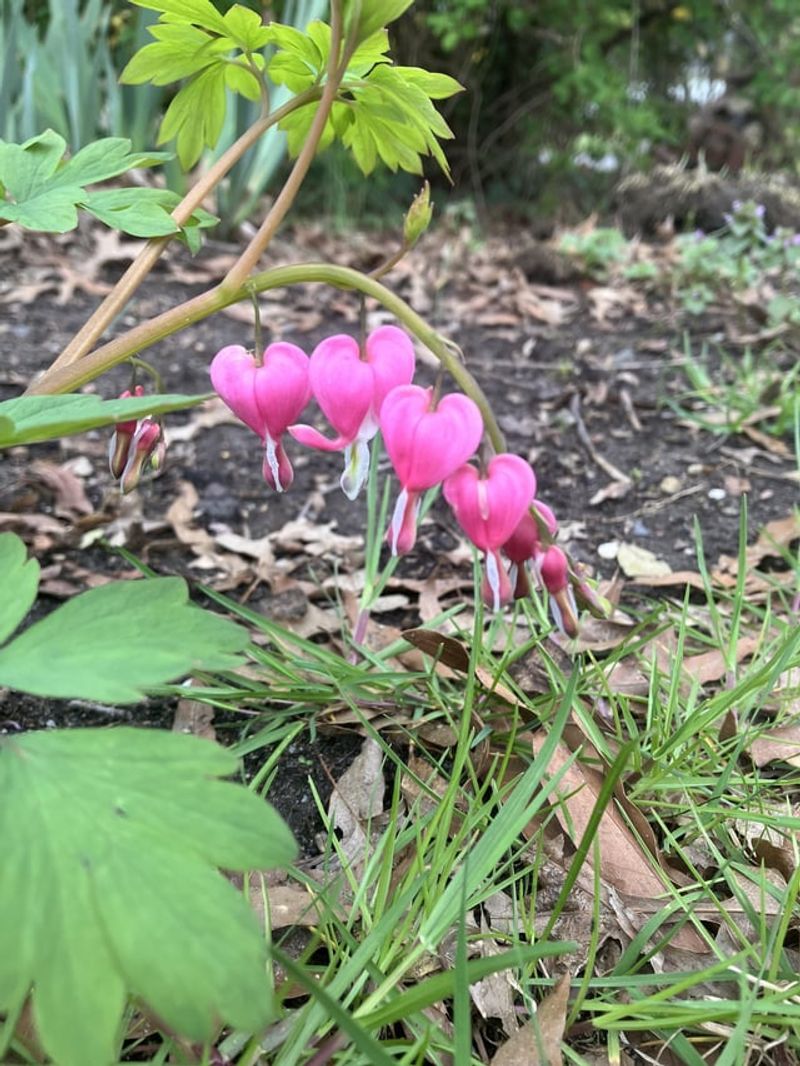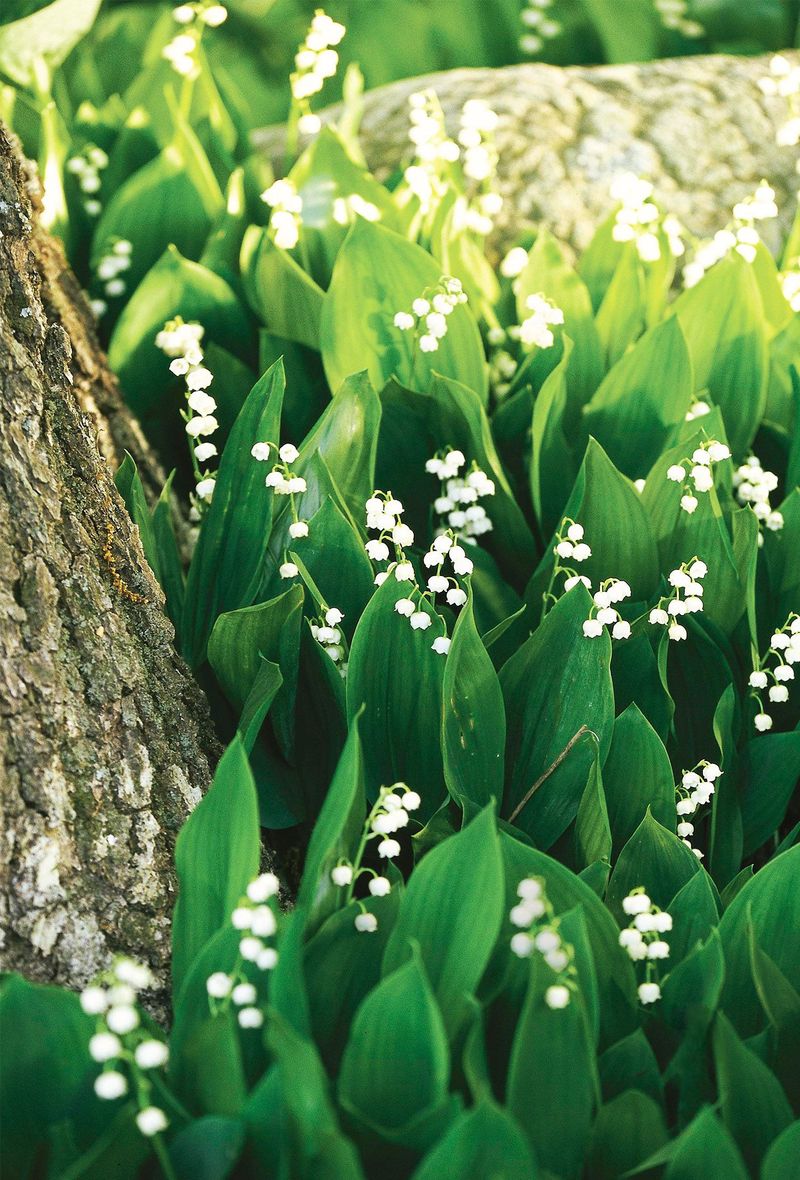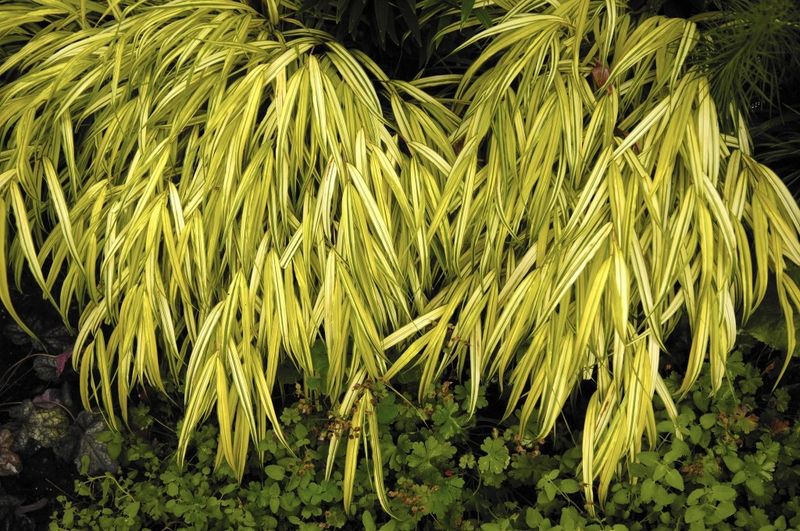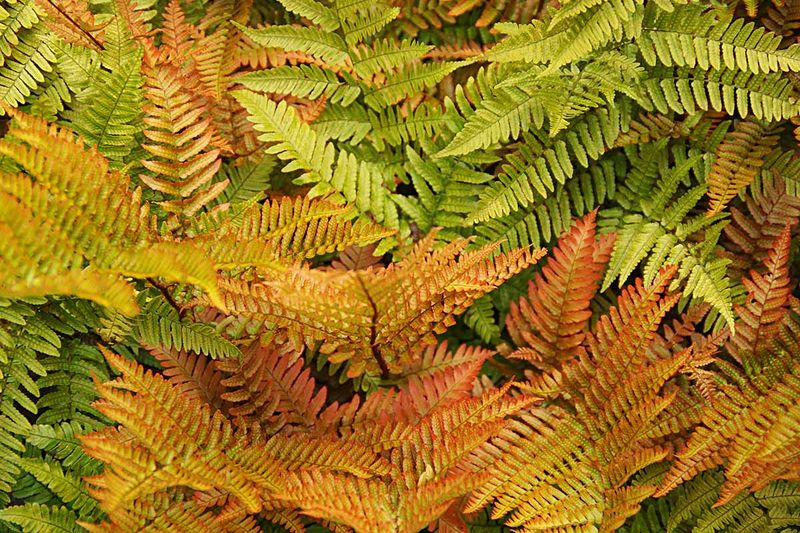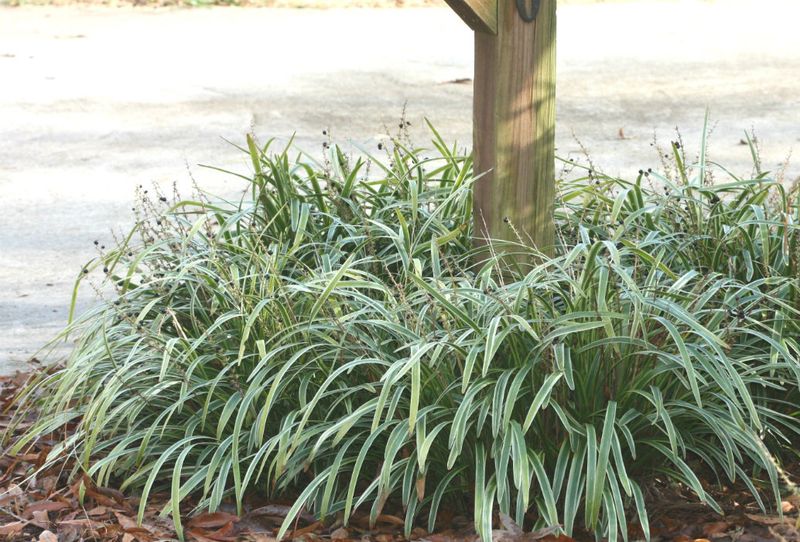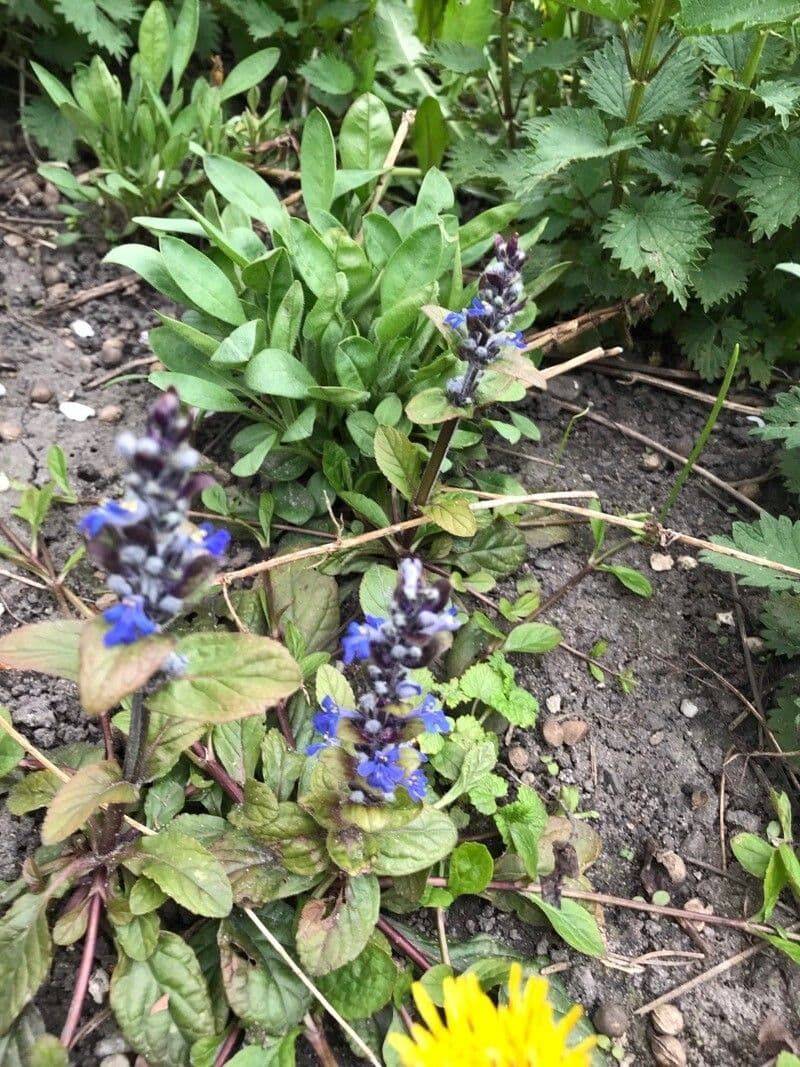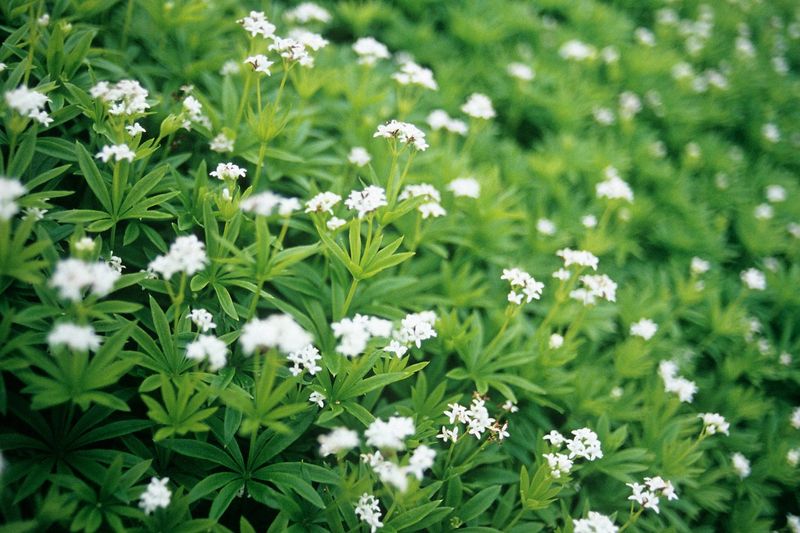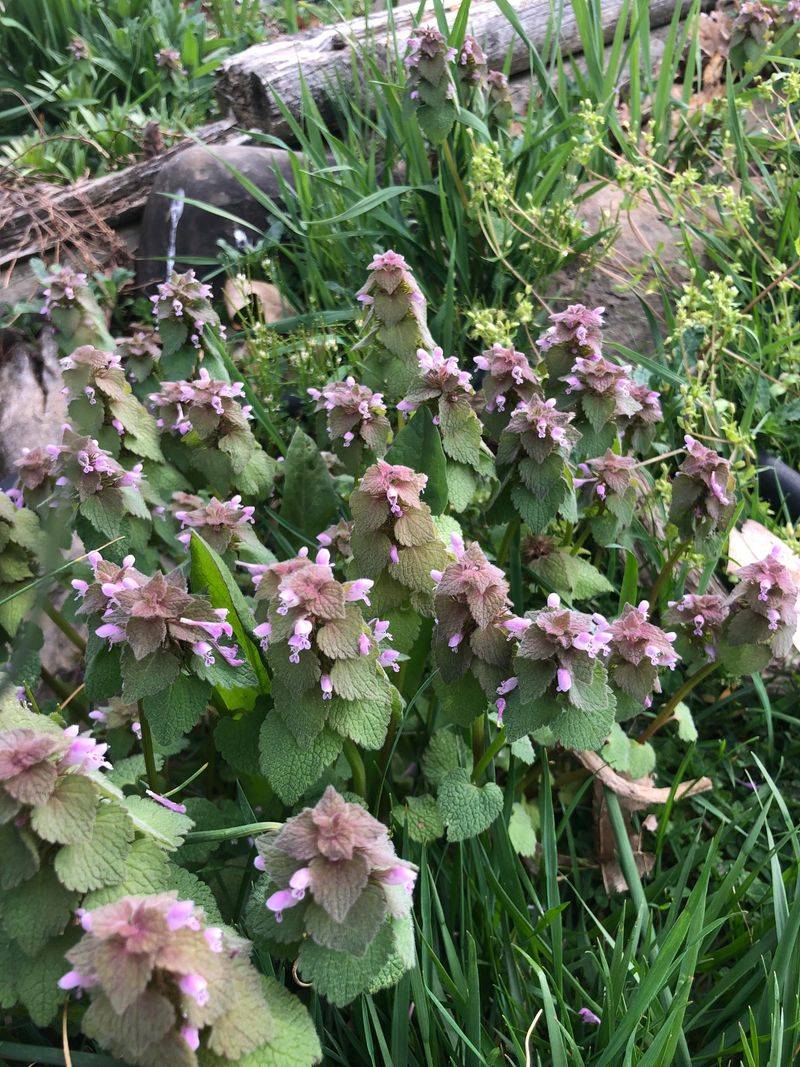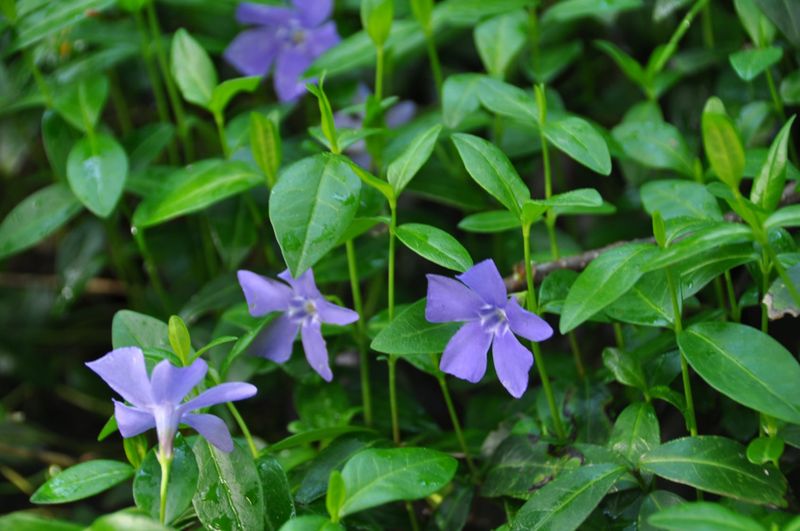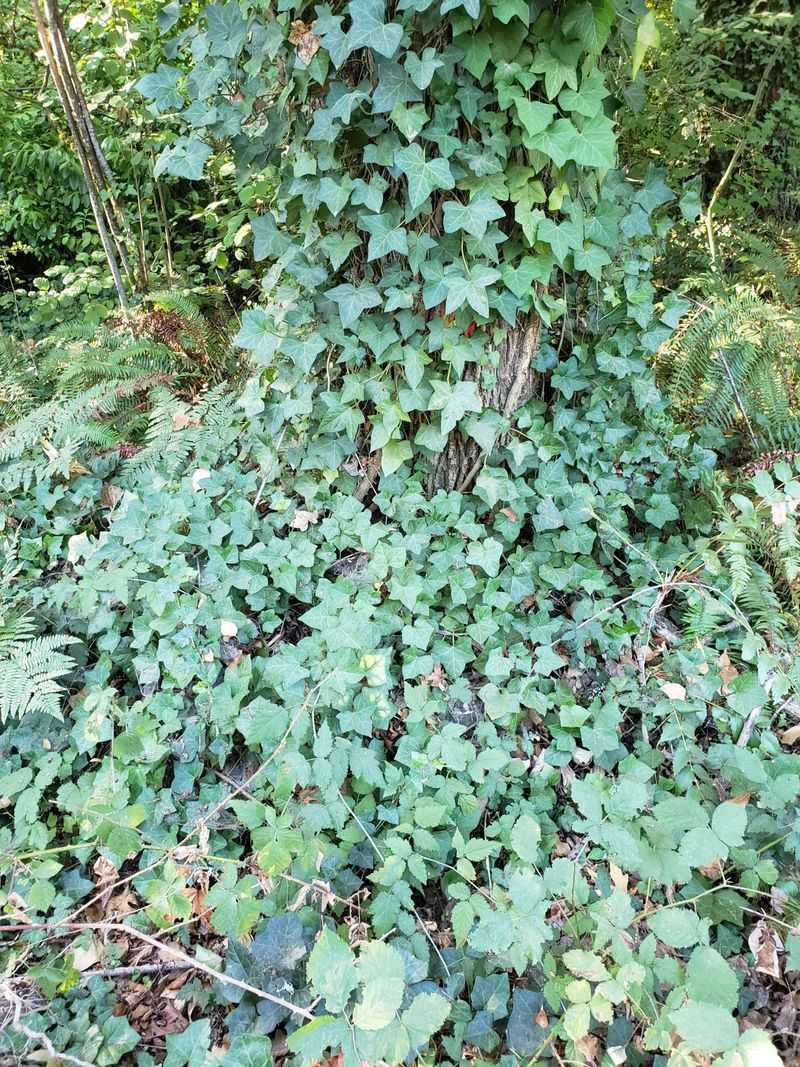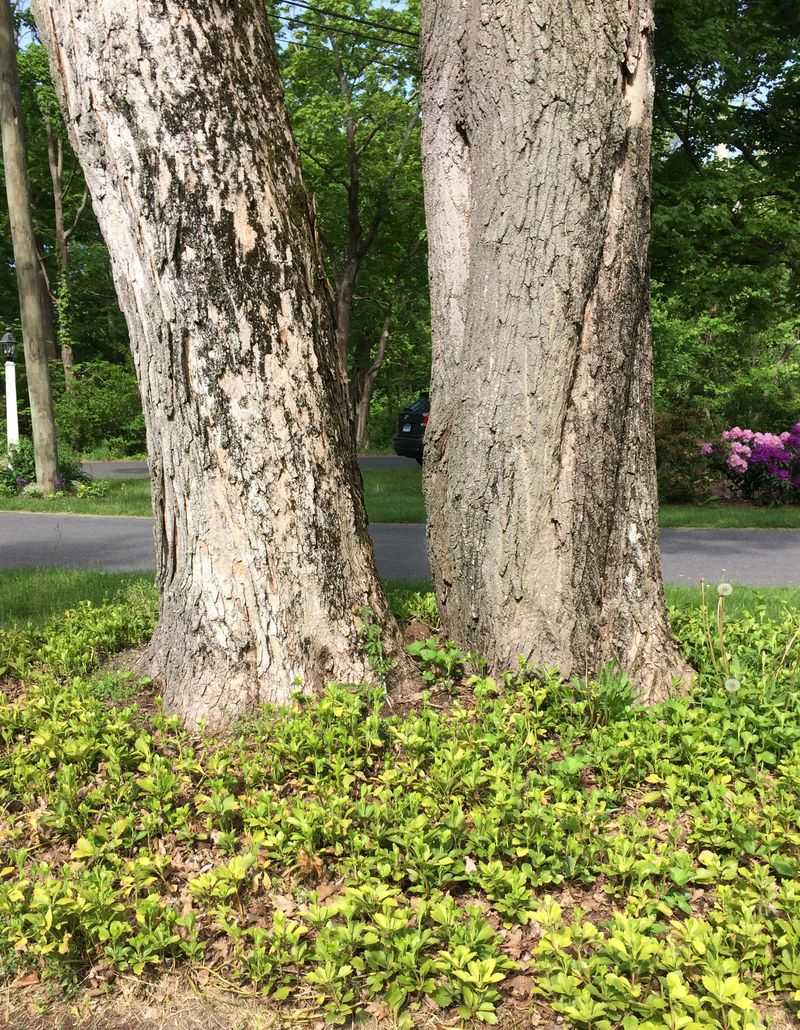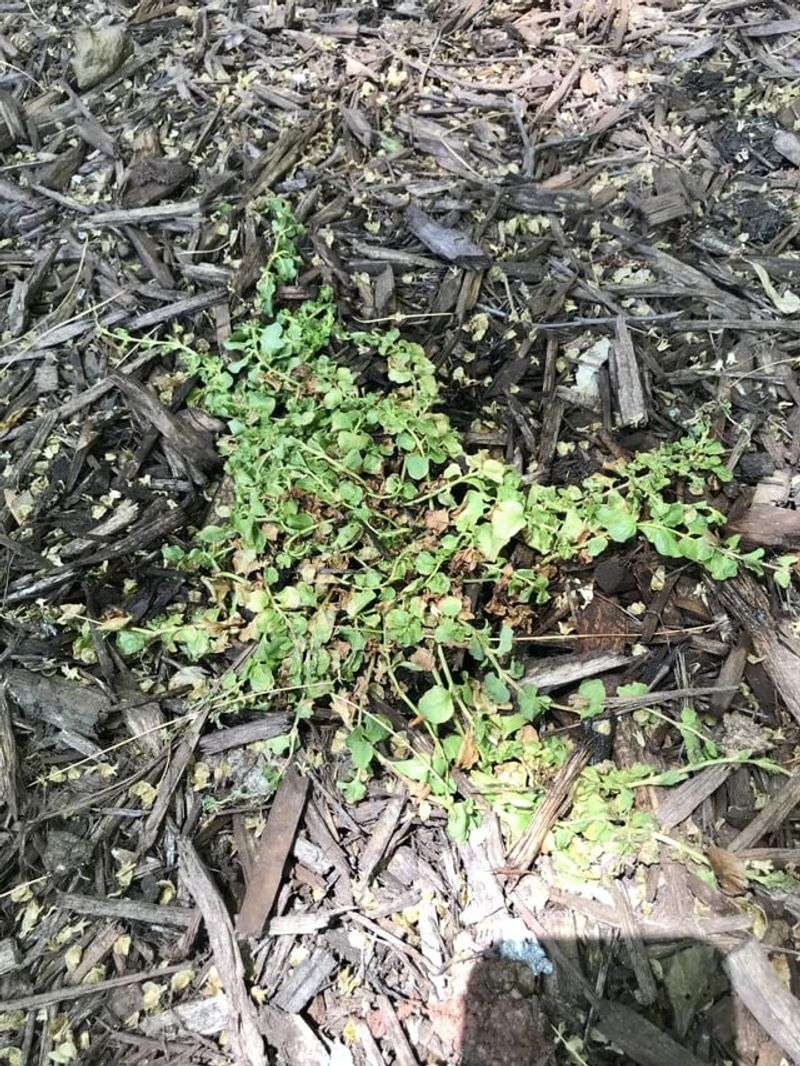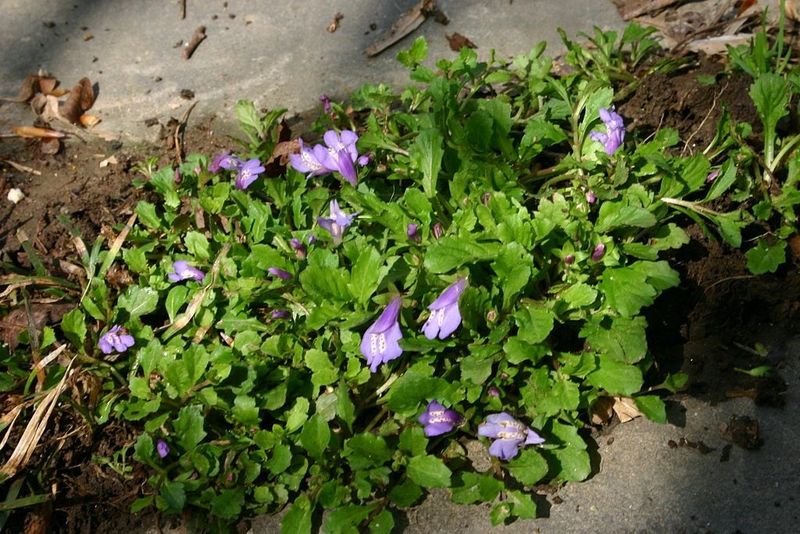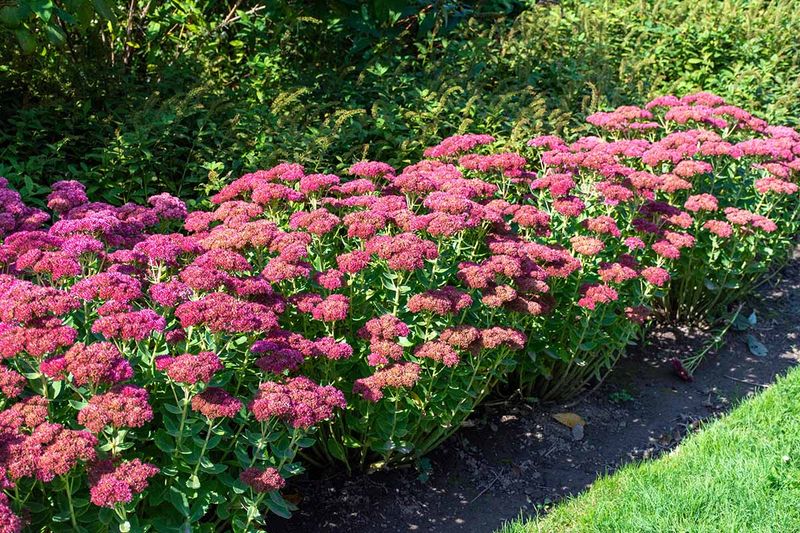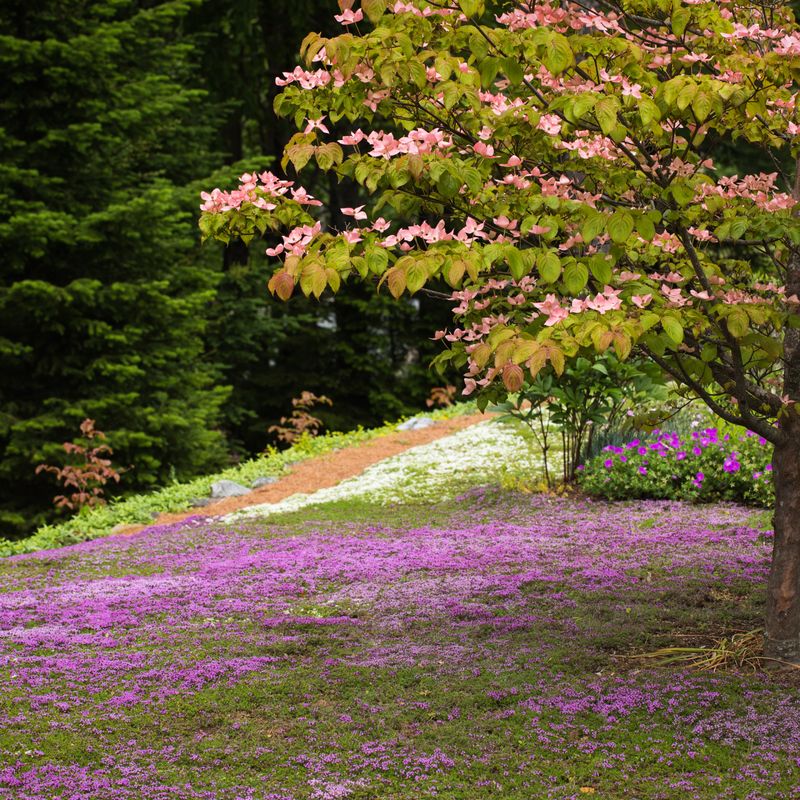Planting ground covers under trees feels like the perfect solution for those patchy, bare spots where grass just won’t grow. I’ve tried it myself, hoping to add a little beauty under that shady canopy. But it turns out, not every plant can handle the constant battle with tree roots.
Those roots are sneaky—they hog all the water and nutrients, leaving some ground covers to struggle and fail. I’ve watched a few promising plants just slowly fade away. Others looked fine at first but ended up causing way more trouble than they were worth.
If you’re thinking about landscaping under your trees, it pays to be picky. Choosing the wrong ground cover can waste your time, money, and energy. Let’s look at the ones you’re better off avoiding—and what to plant instead for a stress-free, beautiful space.
1. Hosta Plants Struggle In Dry Shade
Hostas might look like the perfect solution for shady areas under trees, but they quickly become victims of moisture competition. Their shallow root systems can’t compete with established tree roots that efficiently absorb available water.
When planted too close to trees, hostas develop brown, crispy leaf edges and eventually shrink in size year after year. Even shade-tolerant varieties rarely thrive in these conditions.
If you’re determined to grow hostas near trees, maintain a generous distance from the trunk and commit to regular, deep watering during dry periods. Better yet, consider container planting hostas around tree perimeters for easier maintenance.
2. Astilbe’s Moisture Demands Doom It Under Trees
The feathery plumes of astilbe make a gorgeous addition to garden borders, but placing them near trees sets them up for failure. These perennials demand consistent moisture and rich soil—exactly what tree roots aggressively consume.
Under trees, astilbe plants typically show stunted growth and produce fewer flowers. Their delicate foliage quickly turns brown and crispy when moisture levels drop even slightly.
For gardeners who adore astilbe, consider creating dedicated beds away from tree root zones where you can provide the moist, humus-rich environment these beauties require. Their thirst simply can’t be satisfied when competing with established trees.
3. Coral Bells Wither In Root Competition
Heuchera (coral bells) often appears on lists of shade-tolerant plants, leading many gardeners to place them under trees. Despite their shade preference, these colorful perennials can’t handle the intense root competition and typically fail to thrive.
When planted near trees, coral bells frequently exhibit stunted growth and diminished foliage color. Their shallow roots simply can’t access enough water and nutrients to maintain their vibrant appearance.
For best results, plant heuchera in containers near trees or in garden beds with rich soil at least several feet from the tree’s drip line. This beautiful ground cover deserves a spot where its striking foliage can reach its full potential without fighting for resources.
4. Bleeding Heart Fails When Moisture Disappears
The romantic, heart-shaped blooms of Dicentra (bleeding heart) capture many gardeners’ hearts, but planting them near trees often leads to disappointment. These woodland natives require consistent moisture that tree roots quickly deplete.
Under trees, bleeding hearts typically emerge in spring but rapidly decline as the season progresses. By summer, when tree roots are actively pulling moisture from the soil, these delicate plants often go dormant prematurely or die outright.
If bleeding hearts are garden must-haves, plant them in areas where tree roots haven’t yet invaded, or create special beds with soil amendments that help retain moisture. Their delicate nature makes them poor competitors against established trees.
5. Lily Of The Valley’s Struggle Against Thirsty Trees
Despite its reputation for toughness, lily of the valley often disappoints when planted near trees. While it can spread vigorously in ideal conditions, tree root competition frequently prevents it from establishing its typically robust colonies.
The problem stems from timing—lily of the valley emerges early but must compete with trees at their peak water consumption period. The delicate white bells appear briefly before the plants begin to yellow and shrink in response to moisture stress.
For successful lily of the valley plantings, focus on areas where tree influence is minimal. Though hardy, even this tough little woodland plant knows when it’s outmatched by the superior water-gathering ability of established tree roots.
6. Japanese Forest Grass Fades In Root Zones
Hakonechloa macra (Japanese forest grass) brings elegant, arching foliage to shade gardens, but tree root competition often prevents it from developing its characteristic flowing habit. This ornamental grass requires more consistent moisture than most trees will allow.
When planted too close to trees, Japanese forest grass typically shows stunted growth with shorter blades and less vibrant coloration. The graceful cascading effect that makes this plant so desirable becomes nearly impossible to achieve.
To enjoy this gorgeous grass, plant it in containers near trees or in beds where tree roots haven’t yet penetrated. Its slow-growing nature makes it particularly vulnerable to competition, as it can’t quickly establish the root system needed to compete with trees.
7. Ferns Falter Without Consistent Moisture
Ferns seem like natural companions for trees, but many varieties struggle when forced to compete with tree roots for limited moisture. Their prehistoric appearance belies a modern vulnerability to drought conditions created by thirsty trees.
When planted near established trees, many fern varieties develop brown, crispy fronds and fail to reach their full size potential. Even woodland natives like ostrich ferns can struggle when moisture becomes limited during summer months.
For successful fern plantings near trees, choose drought-tolerant varieties like autumn fern or Christmas fern, and maintain a consistent watering schedule. Better yet, plant ferns in areas where tree root competition is minimal to showcase their lush, primeval beauty to full effect.
8. Liriope’s False Promise Around Trees
Liriope (monkey grass) is often recommended as a tree companion, but this advice frequently leads to disappointment. While tougher than many options, liriope still struggles to establish when competing directly with aggressive tree roots.
When planted too close to trees, liriope typically shows sparse growth with thinner foliage and reduced flowering. The promised lush carpet effect rarely materializes as plants fight for limited resources.
For better results, plant liriope at the outer edges of a tree’s canopy where root competition is less intense. Alternatively, use it as a transition plant between tree areas and open garden spaces where it can access more consistent moisture and nutrients without being overwhelmed.
9. Ajuga’s Struggle In Dry Tree Shade
Ajuga (bugleweed) earns praise for its adaptability, but even this tough ground cover meets its match when confronting established tree roots. The moisture competition typically prevents ajuga from forming the dense mats it’s known for in other settings.
Under trees, ajuga plants often appear leggy with fewer leaves and diminished flower production. The signature carpet-like spread slows dramatically, leaving disappointing gaps between plants.
Success with ajuga near trees requires extra attention to watering during establishment and ongoing supplemental moisture during dry periods. Consider planting it where tree root competition is less intense, such as at the outer edges of the canopy, to achieve the lush ground cover effect this plant is capable of producing.
10. Sweet Woodruff’s Bitter Defeat Under Trees
Sweet woodruff’s delicate white flowers and whorled leaves suggest woodland origins, but this ground cover often disappoints around established trees. Despite being shade-tolerant, it rarely overcomes the intense moisture competition from tree roots.
When planted near trees, sweet woodruff typically shows sparse growth with yellowing foliage during dry periods. Its spring flowers may appear briefly before the plants begin to struggle as summer heat increases water demands.
For gardeners determined to grow sweet woodruff, focus on areas where tree influence is minimal or be prepared to provide regular supplemental water. This herb performs best in woodland settings where tree canopies provide filtered light without aggressive root competition.
11. Lamium’s Light Show Dims Around Trees
Lamium (dead nettle) offers silver-variegated foliage that brightens shady spots, but tree root competition frequently dims its performance. Despite being marketed as shade-tolerant, lamium struggles to access sufficient moisture when tree roots dominate.
Under trees, lamium plants typically show reduced vigor with smaller leaves and less vibrant variegation. Their spreading habit slows dramatically, resulting in sparse coverage rather than the lush carpet effect seen in catalog photos.
For better success with lamium, plant it where tree root competition is minimal or in containers placed near trees. Regular watering during establishment and dry periods can help, but realistic expectations about its performance in root-heavy areas will prevent landscape disappointment.
12. Vinca Minor: A Regrettable Choice Near Trees
Vinca minor (periwinkle) seems like an ideal tree companion with its evergreen foliage and shade tolerance, but planting it near trees often becomes a long-term regret. While it may initially struggle with tree root competition, once established, vinca can become invasively aggressive.
The problem isn’t that vinca dies around trees—it’s that it might eventually escape and overwhelm surrounding garden areas. Its trailing stems root wherever they touch soil, creating dense mats that choke out native plants in woodland settings.
If considering vinca for tree areas, be aware of its invasive potential in many regions. Choose native alternatives like wild ginger or install strong edging to contain this vigorous spreader before it becomes a maintenance nightmare beyond your tree’s root zone.
13. English Ivy: The Ground Cover You’ll Regret
English ivy tolerates tree root competition better than most ground covers, but this resilience comes at a terrible cost. Once established, this aggressive vine uses trees as ladders to climb toward sunlight, eventually damaging or killing its hosts.
The dense mats ivy forms around tree bases can harbor pests and diseases while preventing water penetration. Even worse, as ivy climbs, it can add significant weight to branches and create wind resistance that increases fall risk during storms.
Avoid planting English ivy near any tree you value. In many regions, this plant is classified as invasive due to its ability to escape cultivation and damage forest ecosystems. Choose native ground covers that offer similar evergreen coverage without the destructive tendencies.
14. Pachysandra Battles Tree Roots And Loses
Pachysandra (Japanese spurge) appears in many shade garden recommendations, but its performance around trees often disappoints. Despite being marketed as a problem-solver for difficult shade, pachysandra struggles when tree roots dominate the soil.
When planted too close to trees, pachysandra typically grows slowly with sparse coverage and pale foliage. The lush, evergreen carpet promised on plant tags rarely materializes as plants compete for limited moisture and nutrients.
For better results with pachysandra, plant it where tree root competition is less intense and provide supplemental water during establishment and dry periods. Consider native alternatives like wild ginger that have evolved alongside local trees for more sustainable, low-maintenance options.
15. Creeping Jenny: From Golden Promise To Brown Reality
Creeping Jenny (Lysimachia nummularia) offers golden foliage that brightens shady spots, but near trees, its sunny disposition quickly fades. This moisture-loving ground cover simply can’t compete with established tree roots for available water.
Under trees, creeping Jenny typically develops brown, crispy edges and loses its vibrant color during dry periods. Instead of forming the lush carpet seen in garden catalogs, it struggles to spread and often retreats during drought conditions.
If you love creeping Jenny’s golden glow, consider planting it in containers near trees or in areas where tree root competition is minimal. This plant performs best with consistent moisture—precisely what tree roots efficiently remove from the surrounding soil.
16. Mazus Fails To Impress Around Trees
Mazus reptans creates charming, low-growing mats with delicate flowers in ideal conditions, but tree root zones rarely provide the consistent moisture this ground cover demands. Despite being promoted as adaptable, mazus simply can’t overcome intense root competition.
When planted near trees, mazus typically shows stunted growth with fewer flowers and reduced spreading capability. The carpet effect it’s known for rarely develops as plants struggle with limited resources.
For successful mazus plantings, focus on areas where tree influence is minimal or consider using containers placed near trees. This diminutive ground cover works best in consistently moist areas where its delicate root system doesn’t have to compete with woody tree roots.
17. Mondo Grass Struggles In Root-Filled Soil
Mondo grass (Ophiopogon japonicus) has a reputation for toughness, but even this resilient plant struggles when competing directly with established tree roots. Its slow-growing nature becomes a significant disadvantage in these challenging conditions.
When planted too close to trees, mondo grass typically shows sparse growth with thinner blades and diminished spreading capability. The promised dense, carpet-like effect rarely materializes as plants fight for limited moisture and nutrients.
For better results, plant mondo grass at the outer edges of a tree’s canopy where root competition is less intense. Alternatively, use dwarf varieties in containers placed near trees to achieve the desired aesthetic without subjecting plants to impossible growing conditions.
18. Sedum’s Sun-Loving Nature Conflicts With Trees
Sedum ground covers bring drought tolerance to the garden, but their sun-loving nature makes them poor companions for trees. Most varieties require more light than tree canopies allow, resulting in leggy growth and diminished flowering.
When planted near trees, sedums typically stretch toward available light, losing their compact form and signature succulent appearance. The colorful foliage and star-shaped flowers that make these plants so appealing become rare sights in deep shade.
Rather than fighting this plant’s natural preferences, use sedums in sunny spots away from tree canopies. Their drought tolerance is better utilized in open areas where their light requirements can be met without compromising their distinctive growth habit and visual appeal.
19. Creeping Thyme’s Sunlight Demands Doom It Under Trees
Creeping thyme creates fragrant, flower-covered mats in sunny locations, but tree shade and root competition create a double challenge this plant rarely overcomes. Its Mediterranean origins simply don’t prepare it for woodland conditions.
Under trees, creeping thyme typically develops sparse, leggy growth with few flowers and diminished fragrance. The dense carpet effect that makes it so appealing in sunny spots becomes impossible to achieve as plants struggle for light and moisture.
Instead of fighting thyme’s natural preferences, use it in sunny borders, rock gardens, or between pavers where its aromatic qualities and drought tolerance become assets rather than liabilities. This herb deserves a spot where its full potential can be realized.

